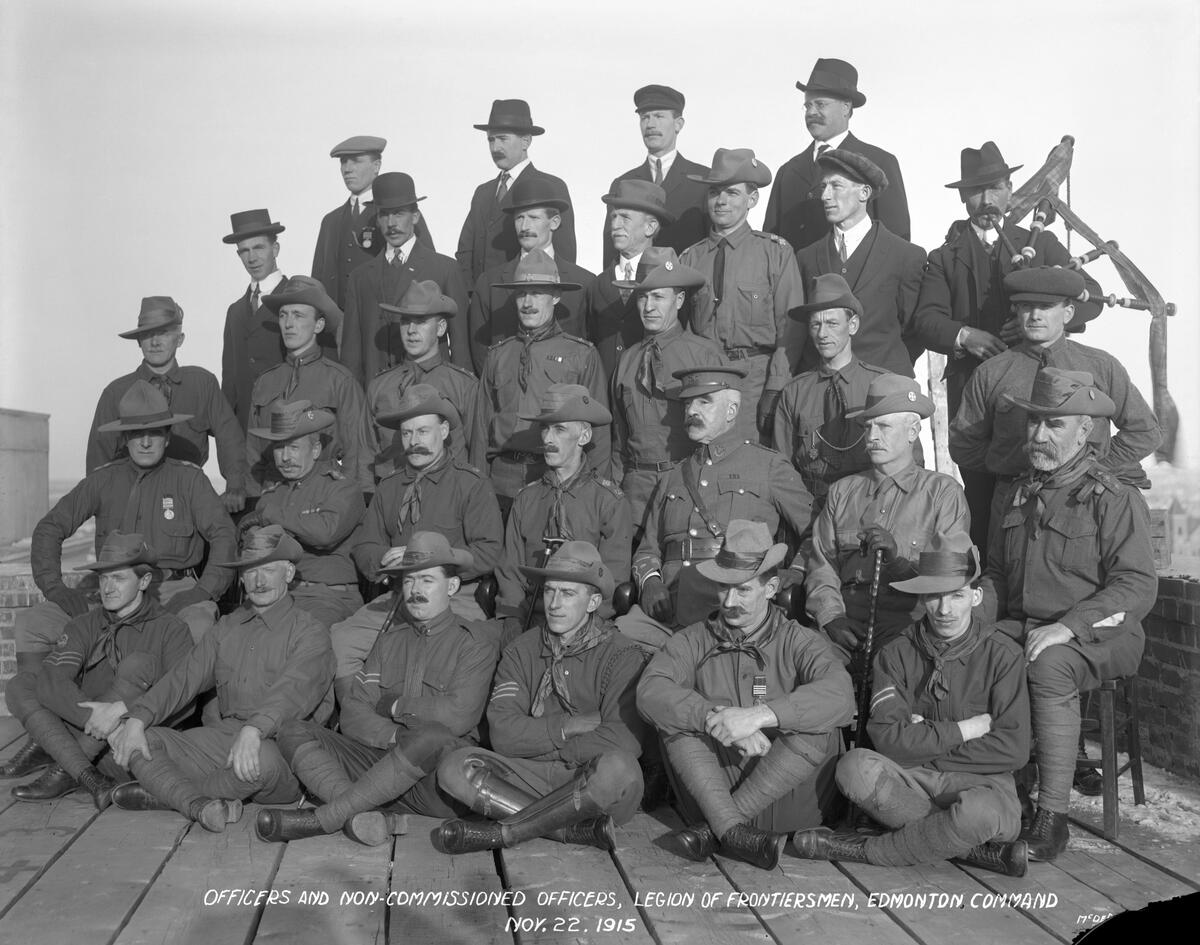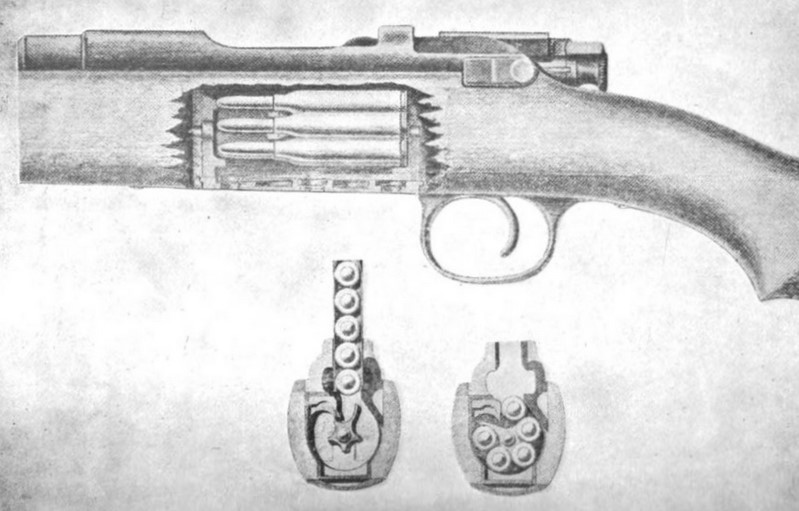|
Drużyny Strzeleckie
The Polish Rifle Squads () was a Polish pro-independence paramilitary organization, founded in 1911 by the Youth Independence Organization in the Austro-Hungarian sector of partitioned Poland. Among its founders were Norwid Neugebauer, Marian Januszajtis-Żegota, Henryk Bagiński and Eugeniusz Homer. The organization was similar in spirit to, and closely cooperated with, the Riflemen's Association. It too was supported by the Austro-Hungarian government, which wanted to raise a Polish army for use in World War I. By 1914 the organization numbered 6,000 members. Most of them joined Józef Piłsudski's Polish Legions in World War I. Before its legalization, the PDS operated as an underground organization called Polish Military Alliance (). Its objective was to prepare the Polish nation for fight for independence, with emphasis on training of officer corps of the future army. In October 1910, the PZW took the name (Polish Army), organizing paramilitary courses in Austrian Gali ... [...More Info...] [...Related Items...] OR: [Wikipedia] [Google] [Baidu] |
Paramilitary
A paramilitary is a military that is not a part of a country's official or legitimate armed forces. The Oxford English Dictionary traces the use of the term "paramilitary" as far back as 1934. Overview Though a paramilitary is, by definition, not a military, it is usually equivalent to a light infantry or special forces in terms of strength, firepower, and organizational structure. Paramilitaries use combat-capable kit/equipment (such as Internal security vehicle, internal security/SWAT vehicles), or even actual military equipment (such as Long gun, long guns and Armoured personnel carrier, armored personnel carriers; usually military surplus resources), skills (such as battlefield medicine and bomb disposal), and tactics (such as urban warfare and close-quarters combat) that are compatible with their purpose, often combining them with skills from other relevant fields such as law enforcement, coast guard, or search and rescue. A paramilitary may fall under the command of a ... [...More Info...] [...Related Items...] OR: [Wikipedia] [Google] [Baidu] |
Congress Poland
Congress Poland or Congress Kingdom of Poland, formally known as the Kingdom of Poland, was a polity created in 1815 by the Congress of Vienna as a semi-autonomous Polish state, a successor to Napoleon's Duchy of Warsaw. It was established when the French ceded a part of Polish territory to the Russian Empire following France's defeat in the Napoleonic Wars. In 1915, during World War I, it was replaced by the German-controlled nominal Regency Kingdom until Poland regained independence in 1918. Following the partitions of Poland at the end of the 18th century, Poland ceased to exist as an independent nation for 123 years. The territory, with its native population, was split among the Habsburg monarchy, the Kingdom of Prussia, and the Russian Empire. After 1804, an equivalent to Congress Poland within the Austrian Empire was the Kingdom of Galicia and Lodomeria, also commonly referred to as " Austrian Poland". The area incorporated into Prussia initially also held autonomy ... [...More Info...] [...Related Items...] OR: [Wikipedia] [Google] [Baidu] |
Polish Independence Organisations
Polish may refer to: * Anything from or related to Poland, a country in Europe * Polish language * Polish people, people from Poland or of Polish descent * Polish chicken * Polish brothers (Mark Polish and Michael Polish, born 1970), American twin screenwriters * Kevin Polish, an American Paralympian archer Polish may refer to: * Polishing, the process of creating a smooth and shiny surface by rubbing or chemical action ** French polishing, polishing wood to a high gloss finish * Nail polish * Shoe polish * Polish (screenwriting), improving a script in smaller ways than in a rewrite See also * * * Polishchuk (surname) * Polonaise (other) A polonaise ()) is a stately dance of Polish origin or a piece of music for this dance. Polonaise may also refer to: * Polonaises (Chopin), compositions by Frédéric Chopin ** Polonaise in A-flat major, Op. 53 (, ''Heroic Polonaise''; ) * Polon ... {{Disambiguation, surname Language and nationality disambiguation pages ... [...More Info...] [...Related Items...] OR: [Wikipedia] [Google] [Baidu] |
Military Units And Formations Established In 1911
A military, also known collectively as armed forces, is a heavily armed, highly organized force primarily intended for warfare. Militaries are typically authorized and maintained by a sovereign state, with their members identifiable by a distinct military uniform A military uniform is a standardised clothing, dress worn by members of the armed forces and Paramilitary, paramilitaries of various nations. Military dress and styles have gone through significant changes over the centuries, from colourful .... They may consist of one or more military branches such as an army, navy, air force, space force, marines, or coast guard. The main task of a military is usually defined as defence of their state and its interests against external armed threats. In broad usage, the terms "armed forces" and "military" are often synonymous, although in technical usage a distinction is sometimes made in which a country's armed forces may include other paramilitary forces such as armed ... [...More Info...] [...Related Items...] OR: [Wikipedia] [Google] [Baidu] |
Paramilitary Organisations Based In Poland
A paramilitary is a military that is not a part of a country's official or legitimate armed forces. The Oxford English Dictionary traces the use of the term "paramilitary" as far back as 1934. Overview Though a paramilitary is, by definition, not a military, it is usually equivalent to a light infantry or special forces in terms of strength, firepower, and organizational structure. Paramilitaries use combat-capable kit/equipment (such as internal security/SWAT vehicles), or even actual military equipment (such as long guns and armored personnel carriers; usually military surplus resources), skills (such as battlefield medicine and bomb disposal), and tactics (such as urban warfare and close-quarters combat) that are compatible with their purpose, often combining them with skills from other relevant fields such as law enforcement, coast guard, or search and rescue. A paramilitary may fall under the command of a military, train alongside them, or have permission to use their ... [...More Info...] [...Related Items...] OR: [Wikipedia] [Google] [Baidu] |
Riflemen's Association
The Polish Riflemen's Association, known as ''Związek Strzelecki'' (in the plural, ''Związki Strzeleckie''), was an organization formed in great numbers prior to World War I. One of the better known associations, ''Strzelec'' (Rifleman), was a Polish paramilitary cultural and educational organization created in 1910 in Lwów as a legal front of the '' Związek Walki Czynnej'' (''ZWC'', Union of Active Struggle). It was somewhat reinstated in Poland in 1991, after the fall of communism. An important part of the Association's mission was training young Poles in military skills. Before World War I, the Riflemen's Association provided military training to over 8,000 people, and its trainees subsequently formed an important part of the Polish Legions in World War I. Prominent members and leaders of the Riflemen’s Association included Józef Piłsudski, Henryk Dobrzański, Kazimierz Sosnkowski, Edward Rydz-Śmigły, Władysław Sikorski, Marian Kukiel, Walery Sławek, Julia ... [...More Info...] [...Related Items...] OR: [Wikipedia] [Google] [Baidu] |
Mannlicher–Schönauer
The Mannlicher–Schönauer (sometimes Anglicized as "Mannlicher Schoenauer", Hellenized as Τυφέκιον/Όπλον Μάνλιχερ, ''Óplon/Tyfékion Mannlicher'') is a rotary-magazine bolt-action rifle produced by Steyr Mannlicher for the Greek Army in 1903 and later used in small numbers by the Austro-Hungarian Army. Post-war it was sold for civilian use. Design characteristics In the late 19th century, the classic Mannlicher designs for the Austro-Hungarian army like the M1886 were based on the en-bloc magazine, a straight-pull bolt mechanism, designed for obsolete large caliber cartridges. Following the introduction of smokeless powder in the Lebel rifle at the end of the century, the Steyr factory worked on new Mannlicher designs, using more effective modern cartridges. These were offered for the consideration of the Austro-Hungarian Army, for export to other armies and for to civilian market. The bolt action was originally designed by Louis Schlegelmilch (b ... [...More Info...] [...Related Items...] OR: [Wikipedia] [Google] [Baidu] |
Union Of Active Struggle
The Union of Active Struggle (; ZWC), also translated as Union for Active Struggle and Union for Active Resistance,Thus rendered in Richard M. Watt, ''Bitter Glory: Poland and Its Fate, 1918 to 1939'', p. 37. Watt writes: "Soon after Piłsudski's return to Galicia from the Bezdany raid, a new type of Polish military organization appeared.... Its name was the "Union for Active Resistance" and it was first formed in Lwów under the direct leadership of one of Piłsudski's closest disciples... Kazimierz Sosnkowski. The function of the organization was to secretly train Poles in guerrilla warfare. When the PPS refused to supply funds for such an operation, Piłsudski himself took over its direction and partly funded it with money from the Bezdany raid." was a Polish secret military organization founded in June 1908 in Lwów by Józef Piłsudski, Marian Kukiel, Kazimierz Sosnkowski and Władysław Sikorski, all members of the Combat Organization of the Polish Socialist Party in the K ... [...More Info...] [...Related Items...] OR: [Wikipedia] [Google] [Baidu] |
First World War
World War I or the First World War (28 July 1914 – 11 November 1918), also known as the Great War, was a World war, global conflict between two coalitions: the Allies of World War I, Allies (or Entente) and the Central Powers. Fighting took place mainly in European theatre of World War I, Europe and the Middle Eastern theatre of World War I, Middle East, as well as in parts of African theatre of World War I, Africa and the Asian and Pacific theatre of World War I, Asia-Pacific, and in Europe was characterised by trench warfare; the widespread use of Artillery of World War I, artillery, machine guns, and Chemical weapons in World War I, chemical weapons (gas); and the introductions of Tanks in World War I, tanks and Aviation in World War I, aircraft. World War I was one of the List of wars by death toll, deadliest conflicts in history, resulting in an estimated World War I casualties, 10 million military dead and more than 20 million wounded, plus some 10 million civilian de ... [...More Info...] [...Related Items...] OR: [Wikipedia] [Google] [Baidu] |
Vienna
Vienna ( ; ; ) is the capital city, capital, List of largest cities in Austria, most populous city, and one of Federal states of Austria, nine federal states of Austria. It is Austria's primate city, with just over two million inhabitants. Its larger metropolitan area has a population of nearly 2.9 million, representing nearly one-third of the country's population. Vienna is the Culture of Austria, cultural, Economy of Austria, economic, and Politics of Austria, political center of the country, the List of cities in the European Union by population within city limits, fifth-largest city by population in the European Union, and the most-populous of the List of cities and towns on the river Danube, cities on the river Danube. The city lies on the eastern edge of the Vienna Woods (''Wienerwald''), the northeasternmost foothills of the Alps, that separate Vienna from the more western parts of Austria, at the transition to the Pannonian Basin. It sits on the Danube, and is ... [...More Info...] [...Related Items...] OR: [Wikipedia] [Google] [Baidu] |


